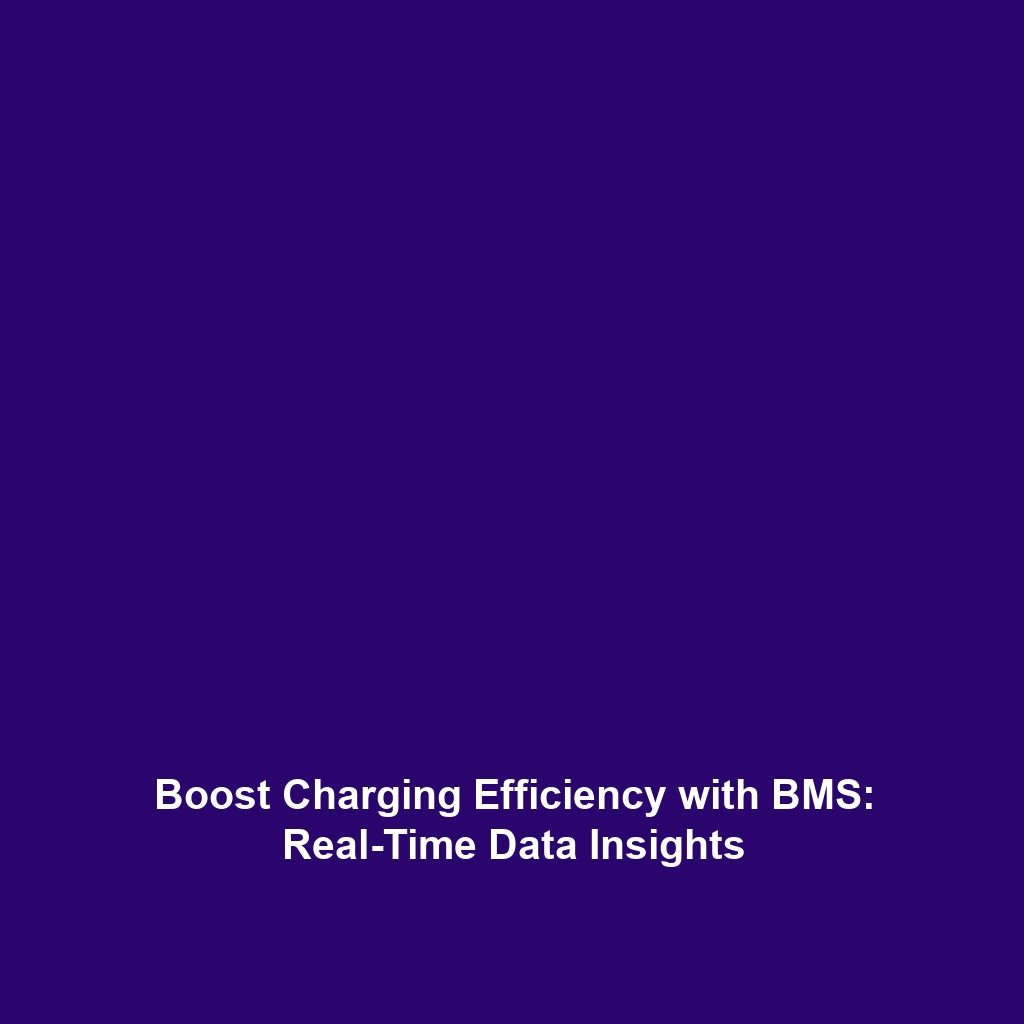Fast-Charging Technologies: The Future of Battery Technology
Introduction
Fast-charging technologies are revolutionizing the way we think about Battery Technology. As electric vehicles (EVs) become more mainstream, the demand for quicker charging solutions is escalating. Notable examples include Tesla’s Supercharger network and the emergence of solid-state batteries that facilitate ultra-fast charging without overheating. These innovations not only enhance user experience but also promote wider adoption of electric vehicles, aligning with global sustainability efforts. Understanding these technologies is crucial for stakeholders in the automotive and energy sectors.
Key Concepts
To fully grasp the significance of fast-charging technologies, it’s essential to explore the underlying concepts and principles:
Tesla’s Supercharger Network
Tesla’s Supercharger stations are strategically placed across highways and cities, offering rapid charging capabilities. This network allows drivers to charge their vehicles to approximately 80% in around 30 minutes, significantly reducing downtime during long journeys.
Solid-State Batteries
Advancements in solid-state battery technology promise numerous advantages, including:
- Higher energy density: Capable of storing more energy in a smaller volume.
- Improved safety: Reduced risk of overheating and fires due to stable solid electrolytes.
- Longer lifecycle: Enhanced durability and longevity compared to traditional lithium-ion batteries.
Applications and Real-World Uses
The real-world applications of these fast-charging technologies significantly impact Battery Technology:
- Tesla’s Supercharger: Widely used in Tesla vehicles, it helps enable long-distance travel with minimal interruptions.
- Solid-State Batteries: Poised for future use in consumer electronics, electric vehicles, and renewable energy storage systems.
These technologies showcase how fast-charging innovations are integrated into everyday life, enhancing convenience and efficiency.
Current Challenges
Despite the promising advancements, there are challenges related to the adoption and scalability of fast-charging technologies:
- Infrastructure Needs: The growth of charging stations must keep pace with the rising number of electric vehicles.
- Cost Factors: Solid-state batteries are currently more expensive to produce than traditional battery technologies.
- Technological Maturity: Both technologies require further improvements in efficiency and reliability.
Addressing these issues is vital for the long-term viability of fast-charging solutions in Battery Technology.
Future Research and Innovations
Looking ahead, several exciting innovations are on the horizon that promise to transform fast-charging technologies:
- Next-Gen Solid-State Batteries: Research is underway to develop even more efficient solid-state batteries with reduced costs and enhanced performance.
- Wireless Charging: Innovations in wireless charging technology could eliminate the need for cables, offering greater convenience for EV users.
- Faster Charging Amplifiers: The development of new charging standard amplifiers may significantly reduce charging times further.
Conclusion
Fast-charging technologies, exemplified by Tesla’s Supercharger network and advancements in solid-state batteries, are crucial for the future of Battery Technology. As these technologies continue to develop and address existing challenges, they hold the potential to reshape transportation and energy sectors. To learn more about the advancements in battery technologies, visit our page on innovations in energy storage or explore our section on electric vehicles.

